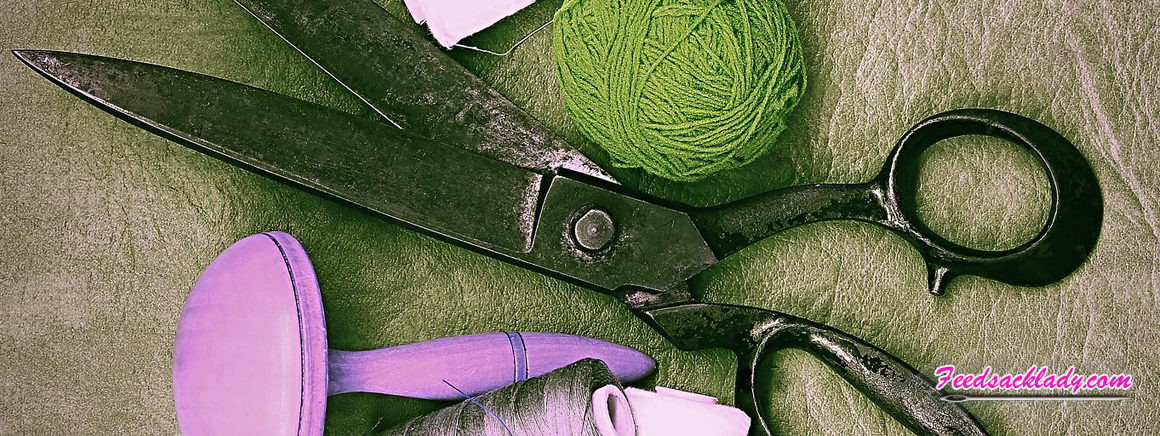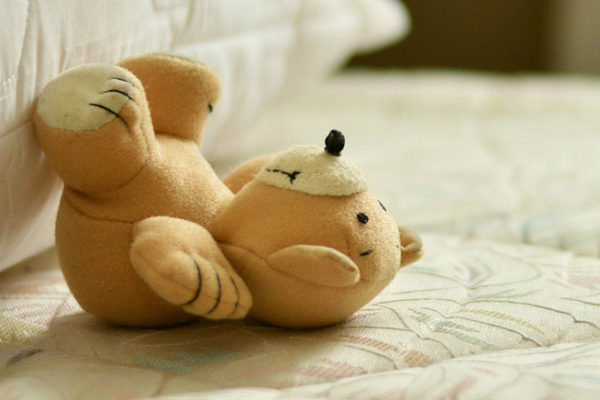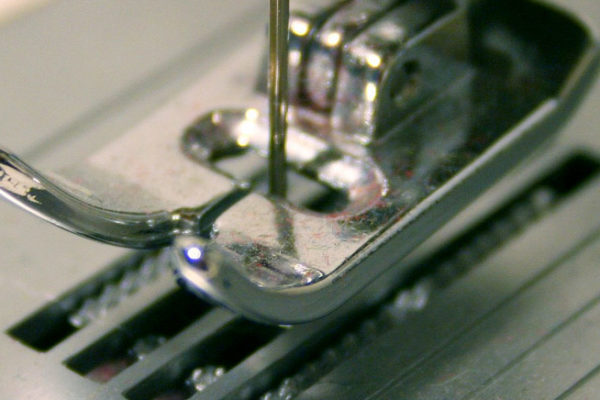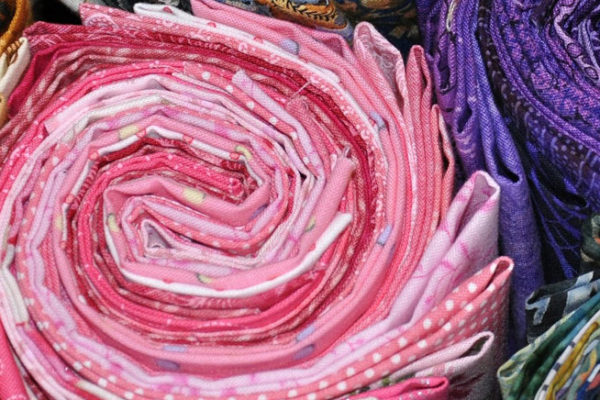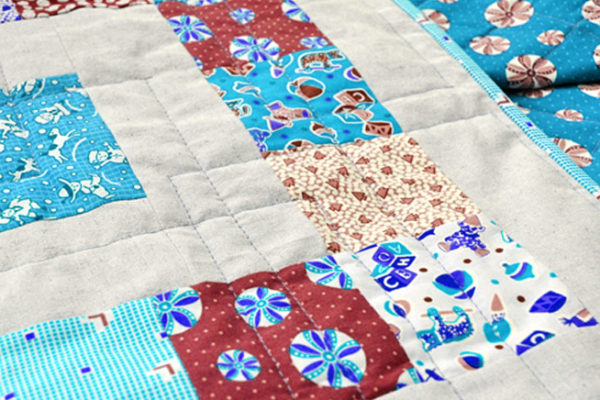Quilting is a relaxing hobby that can allow you to immerse yourself in the process and destress. But you will need a little more than a few needles and fabric to get started with quilting.
Buying Individual Tools Vs. Buying Quilting Kits:
Instead of buying each tool, you can consider getting a quilting kit. These quilting starter kits can come with all the tools, fabric, and batting you would need to start quilting.
Of course, the downside of the all-in-one kit is that their quality is often subpar and don’t last very long. On the other hand, if you buy the individual tools, you’re bound to get better quality tools that will last.
Related post: 5 Best Quilt Kits For Beginners
Here is the list of the 10 best tools for quilting:
1) Rotary Cutting Mat And Rotary Rulers
Rotary cutting mats help protect the surface from cuts you make to the fabric. Buy a rotary cutting mat that fits your need. If you take quilting classes, but a portable one. And if you work on a desk, get an appropriately sized one. We recommend a 24” x 36” mat for home sewing.
Transparent rotary rulers can also make the cutting process super easy. Here, we recommend you get a 6” x 24” rotary ruler as a minimum. You can get a square 24” x 24” one if you aren’t going to be traveling with it as well.
2) Cotton Quilting Fabrics
Initially, avoid expensive and difficult fabrics like satins and velvets. Instead, stick with good old quilting cotton for your fabrics. Also, getting quilting cotton fabric over regular cotton fabric can help improve your quilt’s durability. But, either way, work with cotton until you get confident enough to start using other fabrics with ease.
You can also stock up on fabrics to use for a later quilting project. Be sure to have a variety of fabric colors and patterns in your selection. It’s also not required to fill up your stock immediately either. When I buy new fabric, I get an extra yard or so and keep it for later. Once I have enough, I make a rag quilt or something that works with a wide range of fabric styles.
3) An Iron And Ironing Board
If you are going to work with fabrics, an iron and ironing board is a necessary tool. Of course, the ones you have at home will do just fine. But if you are planning to buy an iron, get a fairly heavy one. It’s the weight and heat combination that works to give you a crisper finish.
I would recommend a Rowenta iron for a hardcore quilter. A quality ironing board for quilting would be Big Board. This is a big rectangular board that will make it easy to press quilt tops and other fabrics.
4) Pins And Needles
Pins and needles are essential items when you are talking about quilting. When picking pins, be sure to get thin pins with larger heads because this makes them easier to use. Glow-in-the-dark pins can also make it easier when they are eventually dropped on the floor.
As for needles, you will need a few sizes of needles. This entirely depends on the type of quilting you will be doing. Also, note that needles for sewing machines are different from those used for hand-quilting.
5) Cotton Thread
Unlike other types of sewing, quilting is best done with cotton threads. Using polyester or cotton-wrapped polyester threads can damage cotton quilts. But remember that the cotton thread for hand-quilting is different from the thread for machine work.
As for their colors, you should go for medium gray or tan as your main threads. I recommend these because they blend well with most fabrics. You may also pick a light and dark gray thread spool as well. You won’t need these frequently but you should keep some in stock in case you need them.
6) Rotary Cutter
While a rotary cutter isn’t essential when you are getting started, it does make life easier over using scissors. It’s also a great skill to have mastered when you get to more advanced designs and patterns.
You have plenty of options when picking out a rotary cutter. Just take a look online and visit your local quilt shop to try them out. Rather than any particular brand, the feel of the tool is more important here.
7) Sewing Machine
Hand quilting is fun but if you’re planning a big project, you’re going to need a sewing machine. Mind you, this doesn’t have to be a big purchase either.
A cheaper sewing machine is good enough when it comes to quilting. Just keep in mind that it should allow you to sew a ¼” seam allowance. You can also look for sewing machines that accept a walking foot which is great for straight machine quilting. This type of machine is optional because it is only beneficial if you are looking to sew straight.
8) Quilt Design Wall
This is a simple concept that lets you tack your blocks onto the design wall. The wall allows you to keep track of your quilt blocks as well as assemble them into the intended pattern.
You can choose to make your own from batting or flannel. I have done this myself. However, if you don’t want to go that route, buying a ready-made design wall online is also feasible.
9) Fabric Scissors And Paper Scissors
While rotary cutters are a great tool, scissors will always have a place in quilting. The scissors you need to buy are for fabric as well as another pair for paper.
Fabric scissors are different from paper scissors and using them on paper can cause them to go blunt. At the start, I suggest you get a pair each but cheap ones. You can upgrade to expensive shears later.
10) Seam Ripper
When quilting, you are bound to make mistakes. One of these mistakes is imperfectly lined threads. So, bring in a seam ripper to make it a cinch.
There are plenty of seam rippers out there but go for one that has a fine head. I found Clover’s seam ripper to be the best value for money option on the internet. But another brand works as well.

